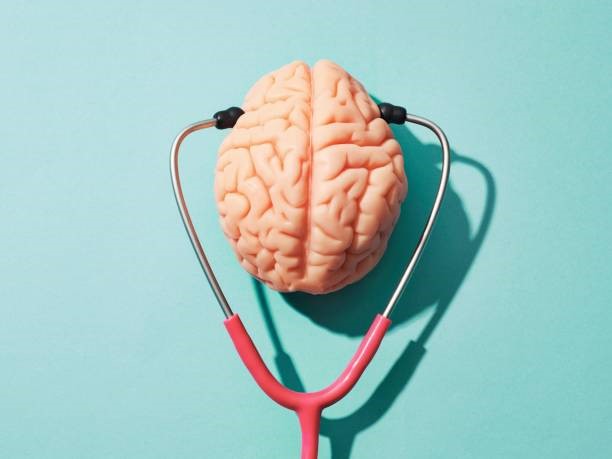Architecture and its effect on human behavior and psychology advice, Building layout design, Global shutdown property guide
Architecture and Its Effect on Human Behavior & Psychology
post updated 17 February 2024
An average person spends about 80 percent of time indoors in working and living spaces that the architects they have appointed have created for their use. It is therefore almost certain that their state of mind and moods will be impacted by the environments in which they spend the major portion of their time. Thus, space, lighting, acoustics, color, and aesthetics can play a large role in the behavioral psychology of the individual.
Whether you like a place that you are living in or are required to work in, like a companies office, will depend on its design elements. Things like the materials used in construction, the furnishing for use and display, and together creates an ambiance that will affect your psychology and the way you work or react to events surrounding you.
Architects must go out of their way to find out the requirements of a client for space, the colors they are comfortable with, the styles of furniture that suit their lives, and other things that can help to meet the psychological desires of the client. This makes for a definite connection between architecture and the psychology of the individual.
29 April 2020
Architectural Design Effect on Psychology
During our daily lives, one is constantly moving in and out of various buildings and the space you go through can always affect your moods. A dark unlighted area can make you feel gloomy, whereas a well-lit and well-ventilated area can make you feel welcome. Cramped and closed areas can promote a sense of claustrophobia, where large open spaces give you the freedom to move about and feel free. There is a rare person who is not appreciative of a beautiful space and enjoys being in it. Walking in a city surrounded by beautiful buildings can be fulfilling and make residents of a city proud of it.
This effect of the buildings on the psychology of people has led to architects giving a lot of importance to the needs and desires of the occupants of the spaces that they are asked to design. It is also a fact that visible light affects the ability of the human body to produce melatonin, a hormone that regulates the body cook and thus affects digestion and sleeping patterns. It also stimulates the production of serotonin and this can lead to a person being less depressed. Architects, therefore, give a lot of importance to natural light in the spaces that they design for their clients.
Designing a perfect space is subjective and requires an architect to balance between form and function, and the high cost of creating a prototype forces architects to rely on drawings, models, or computer simulations that cannot replace the original. Building design is complex and it is almost impossible to predict how space will affect its users before it is built. It is important that architectural designs have to be both functional and easy on the eye if they have to justify the money spent on such a design.
The mental characteristics of a person must determine attitudes, and it is this psychology that an architect must address by keeping in mind the taste and preferences of clients before any design work is attempted. You cannot have a prison that is bright and colorful, and it is just as important to design an old age home as one that can soothe and calm its inmates. Architects have long known the healing and calming effects that a well-designed garden landscape can have on the occupants of any home or building. Such greenery can also go a long way in controlling temperatures and reducing power bills.
Architecture and Its Effect Summary
Architectural elements can greatly affect the psychology of people who live and work in any space and can even affect attracting customers to commercial and retail outlets. A good architect is one who creates a space that looks good both inside and outside and helps to make people comfortable while they are within them. An architect will never create a negative space, but often usage will lead to some of the designed spaces becoming dark and gloomy, or dead and without much use. The users and owners of such buildings must take positive action to modify and enhance these same spaces so that any negative vibes that they create are dissipated.
Architects also need to ensure that when they design space, they must pay attention to its ease and cost of maintenance. Neglecting this can then lead to buildings then suffering some form of neglect, which in turn will affect the minds and moods of the users of the building.
It has always been stated that while architects shape our buildings, in the long run, it is the buildings that will affect the way we live, behave and function within them. So, while buildings can be designed to be unique, they must never have any negative effect on their users.
Comments on this guide to architecture and Its effect on Human Behavior and Psychology article are welcome.
Residential Property Articles
House of the Big Arch, Waterberg
Design: Frankie Pappas

photograph : Frankie Pappas
House of the Big Arch in Waterberg
Comments / photos for the Architecture and Its Effect on Human Behavior and Psychology Guide page welcome.


